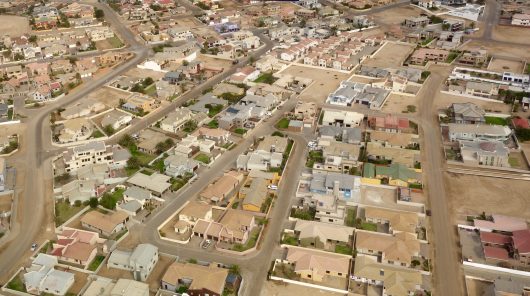 The Czech Republic is a Parliamentary Republic bordering Germany, Poland, Austria and Slovakia. The country was founded on January 1, 1993, following a political revolution, and peacefully splitting from the former Czechoslovakia. In 2020, the Czech Republic ranked as the eighth safest country in the world. The country also reports a 2.4% unemployment rate and healthy GDP growth over the past five years. The latest Eurostat data also shows that the Czech Poverty rate is 3.4%, the second-lowest rate in the EU. However, the well-being of the Czech Republic’s citizens may decline as a threatening drought continues to plague the country and coincide with the COVID-19 pandemic.
The Czech Republic is a Parliamentary Republic bordering Germany, Poland, Austria and Slovakia. The country was founded on January 1, 1993, following a political revolution, and peacefully splitting from the former Czechoslovakia. In 2020, the Czech Republic ranked as the eighth safest country in the world. The country also reports a 2.4% unemployment rate and healthy GDP growth over the past five years. The latest Eurostat data also shows that the Czech Poverty rate is 3.4%, the second-lowest rate in the EU. However, the well-being of the Czech Republic’s citizens may decline as a threatening drought continues to plague the country and coincide with the COVID-19 pandemic.
Poverty & Hunger in the Czech Republic
In a 2017 study, the Czech Republic Hunger Statistic was 2.5%. This means that 2.5% of the population’s food intake was insufficient to meet basic dietary requirements. Meanwhile, the World Hunger Statistic is around 11%.
Despite the Czech Republic’s success in the fight against poverty, the country has some areas of weakness. For example, the Czech Republic’s wage gap is larger than other European countries. Women tend to earn about 22% less than men. As a result, a disproportionate number of women, especially single mothers, fall below the poverty line.
Additionally, the Czech Republic’s relatively low poverty rate of 3.4% is somewhat misleading. The poverty rate considers the standard of living within the Czech Republic. Sociologist Daniel Prokop uses Luxembourg to exemplify why this can be misleading: “the median [income] in Luxembourg is twice as high as in the Czech Republic. Therefore, the poverty line is twice as high, making it easier for low-income workers to fall below it.” So, countries with higher median incomes have a higher standard of living. Since the Czech Republic has a lower relative poverty threshold, an impoverished citizen in Luxembourg may not be considered impoverished in the Czech Republic.
Working Through a Long-term Drought
The Czech Republic is experiencing the most threatening drought in 500 years. The drought began in 2018, and it escalated to a climate crisis in April 2020- right in the start of the COVID-19 pandemic. There is a fear that the continuation of the drought in the Czech Republic will cause mass famine.
Scientists are using an ESA satellite to monitor the drought and soil conditions, keeping the country’s agribusiness sector stable. Well-organized agricultural systems are preventing major catastrophe in the present. Yet, crop yields are expected to continue shrinking in the upcoming months. The biggest concern, however, is the impending water shortage. The Ministry of Environment in the Czech Republic has implemented over 15,000 projects across the country to build pipelines for drinking water, preserving dams and reservoirs and much more.
COVID-19 Impacts
Thankfully, the Czech Republic has handled COVID-19 wisely from the start. They were the first country in Europe to issue a mask mandate, sending the notice on March 19, 2020. So far, there are no significant deviations from normal malnutrition and poverty rates due to the pandemic. Despite a couple of recent clusters in the eastern parts of the country, heavily populated cities such as Prague (population: 1.3 million) are seeing consistently low infection rates as of late July. Many citizens’ lives have returned to normalcy, with schools and buildings re-opening and commerce flourishing.
Tomorrow’s Outlook
Organizations ranging from small local projects to large NGOs are working to combat poverty and hunger in the Czech Republic as the drought and COVID-19 continue. For example, the Prague Changemakers organizes volunteering projects by recruiting local citizens. Together, they cook and distribute food to the local homeless population. Additionally, Naděje is an example of a larger NGO. Naděje was founded in the 1990s following the revolution and their organization’s goal is to serve the homeless. Naděje began by serving food in railway stations. Soon, the NGO expanded to building homes and shelters across the country. For their first major project, Naděje established day centers for the homeless to get food, creating two hostels for men and one for women.
Ultimately, responsible governmental action and the work of NGOs like Naděje have provided stability to the Czech Republic in an uncertain time. Hopefully, their work in the Czech Republic will continue to keep COVID-19 and the drought under control. It seems other countries should take notes as unemployment, hunger, and poverty rates remain relatively low in the Czech Republic.
– Ruhi Mukherjee
Photo: Flickr
 The period of 2018 to 2020 brought with it a series of difficulties for the people of Afghanistan, including droughts, floods and pandemics. A severe drought in 2018 impacted 95% of the country’s farmland and dried up crucial water sources. More than
The period of 2018 to 2020 brought with it a series of difficulties for the people of Afghanistan, including droughts, floods and pandemics. A severe drought in 2018 impacted 95% of the country’s farmland and dried up crucial water sources. More than 
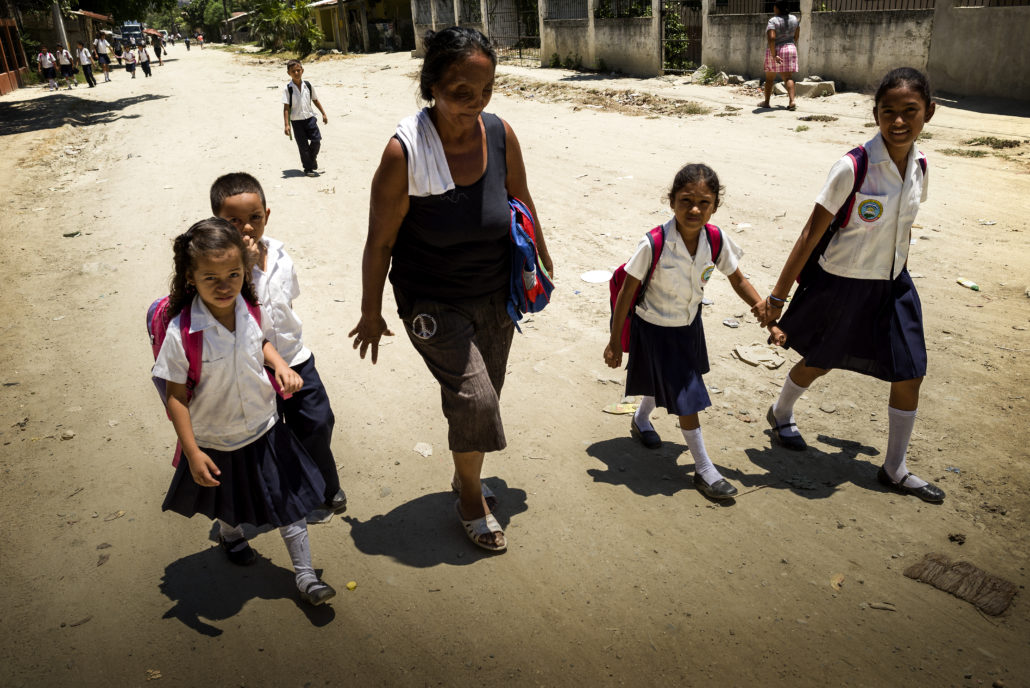
 Though many areas of Africa are developing thoroughly and implementing infrastructure, food security still remains an issue. Internal displacement, environmental factors and price fluctuations in countries like Ethiopia can be devastating. Predictions from the Ethiopia Humanitarian Response Plan estimated that about 8.1 million people became
Though many areas of Africa are developing thoroughly and implementing infrastructure, food security still remains an issue. Internal displacement, environmental factors and price fluctuations in countries like Ethiopia can be devastating. Predictions from the Ethiopia Humanitarian Response Plan estimated that about 8.1 million people became 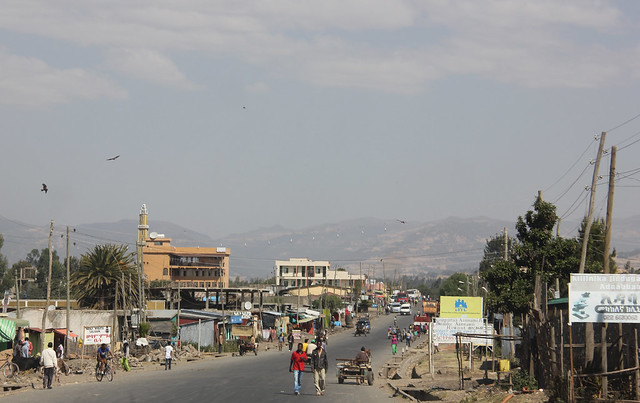
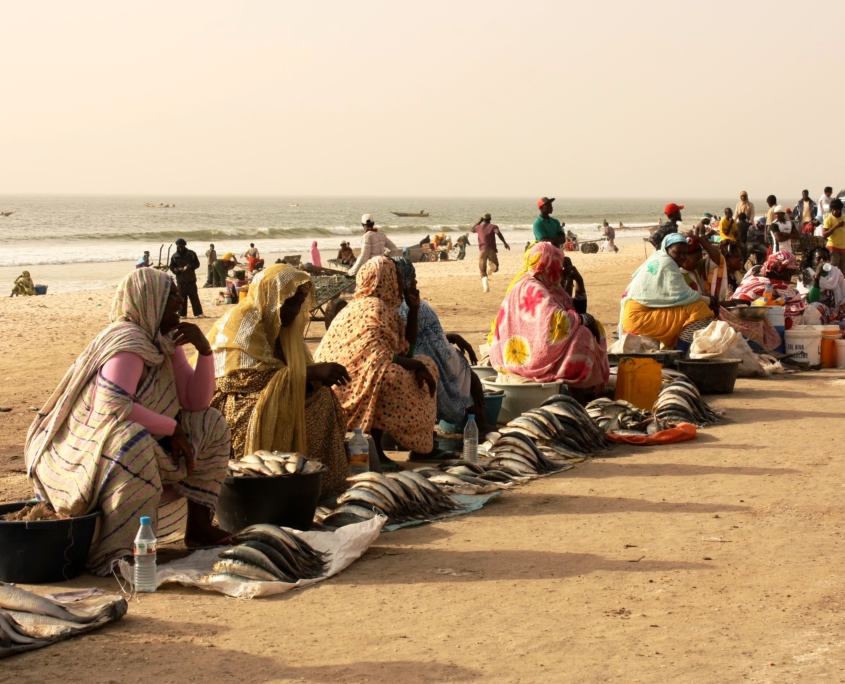

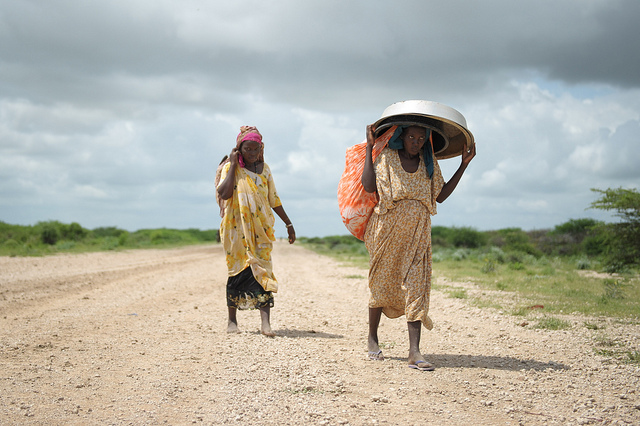 For a country whose entire eastern border is an ocean, water quality in Somalia is a longstanding worry for the nation’s citizens. According to UNICEF Somalia’s Water, Sanitation and Hygiene (WASH) studies, of the nearly 15 million people living in Somalia, only 45 percent of them have access to clean water. Only one in four people have access to adequate sanitation facilities within a reasonable distance of their homes.
For a country whose entire eastern border is an ocean, water quality in Somalia is a longstanding worry for the nation’s citizens. According to UNICEF Somalia’s Water, Sanitation and Hygiene (WASH) studies, of the nearly 15 million people living in Somalia, only 45 percent of them have access to clean water. Only one in four people have access to adequate sanitation facilities within a reasonable distance of their homes.